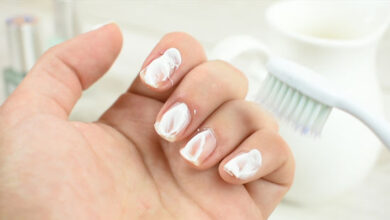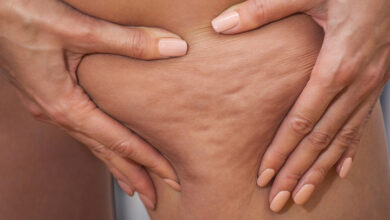A bright, white smile can significantly enhance our appearance and boost our self-confidence. While there are many over-the-counter teeth whitening products available, they often contain harsh chemicals that can damage the enamel and lead to tooth sensitivity.
Luckily, there are several natural methods for whitening teeth that are both safe and effective. Continue reading to learn more
Reviewed’s editors independently select recommendations. If you make a purchase through the provided links, we may earn a commission from the transaction, along with our publishing partners.
What Causes Yellow Teeth
Yellow teeth can be caused by various factors:
- Foods and Drinks: Certain foods and drinks can stain teeth, such as coffee, tea, colas, red wine, berries, and tomato sauce. These items contain pigments called chromogens that can adhere to the enamel and cause discoloration over time.
- Tobacco Use: Smoking cigarettes or using other tobacco products can lead to the yellowing of teeth due to the nicotine and tar present in tobacco.
- Poor Oral Hygiene: Inadequate brushing and flossing can allow plaque and tartar buildup on the teeth, leading to discoloration.
- Age-Related Factors: As we age, the enamel on our teeth can wear away, revealing the yellow dentin layer underneath. Additionally, the accumulation of stains over time can contribute to a yellow appearance.
- Genetics: Tooth color can be influenced by genetics, with some individuals naturally having darker or more yellowish teeth. If one or both of your parents have yellow teeth, it’s possible that you may have a similar tooth color.
- Medications: Certain medications, such as tetracycline antibiotics, can cause tooth discoloration when taken during childhood.
- Dental Conditions: Certain dental conditions, such as enamel hypoplasia or thin enamel, can make teeth appear more yellow.
1. Oil Pulling
Oil pulling is an ancient Ayurvedic practice that involves swishing oil in the mouth to remove plaque and bacteria. The most commonly used oil for this technique is coconut oil due to its natural antimicrobial and anti-inflammatory properties. Here’s how to do it:
- Take a tablespoon of organic coconut oil and swish it around in your mouth for about 15-20 minutes.
- Spit out the oil (avoid swallowing as it may contain toxins) and rinse your mouth thoroughly.
- Brush your teeth as usual.
Make oil pulling a part of your daily routine to gradually see the whitening effects.
3. Baking Soda
Baking soda, or sodium bicarbonate, is a mild abrasive that can help remove surface stains from teeth. There are two ways to use baking soda for teeth whitening:
Option 1: Baking Soda Paste
- Take a small bowl and mix a teaspoon of baking soda with a few drops of water.
- Stir it until you get a thick paste-like consistency.
- Use your toothbrush or a finger to apply the paste to your teeth.
- Leave it on for about 2 minutes, then rinse thoroughly.
Option 2: Baking Soda with Toothpaste
- Wet your toothbrush and sprinkle some toothpaste on it.
- Dip the toothbrush into baking soda, ensuring the bristles are coated.
- Brush your teeth as usual for 2 minutes, then rinse.
Note: Limit the use of baking soda to 2-3 times a week as excessive usage may damage tooth enamel.
4. Hydrogen Peroxide
Hydrogen peroxide is a natural bleaching agent that can help whiten teeth when used correctly. Here’s a safe way to use it:
- Dilute 3% hydrogen peroxide with an equal amount of water.
- Use the mixture as a mouthwash, swishing it around for around one minute.
- Spit it out and rinse your mouth thoroughly with water.
- Repeat this process once or twice a week.
6. Eat Teeth-Friendly Foods
open next page to continue reading…




